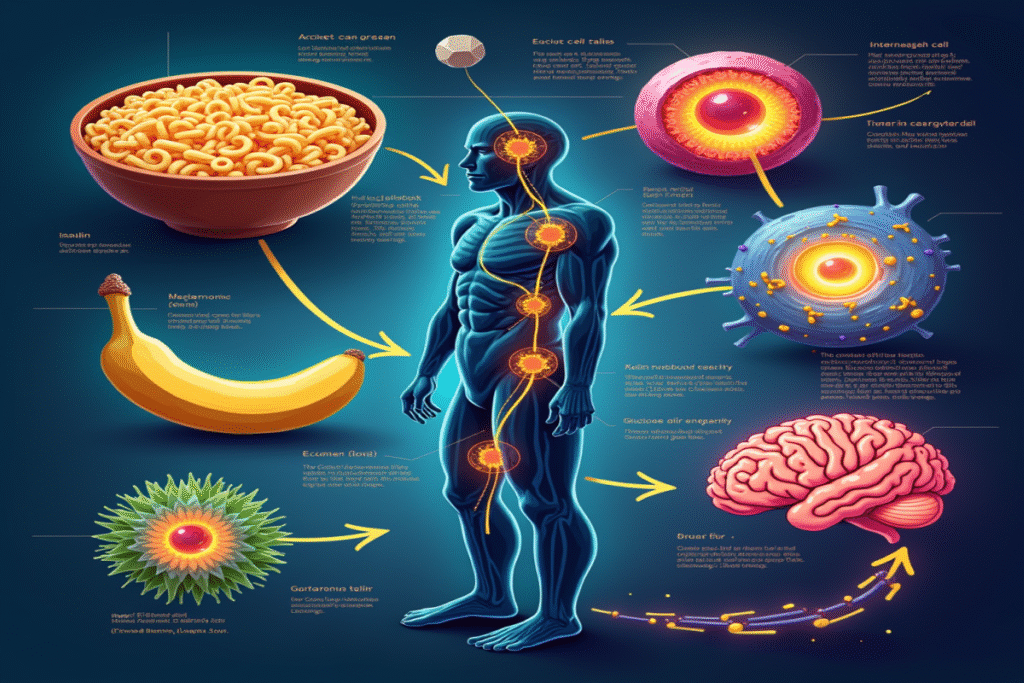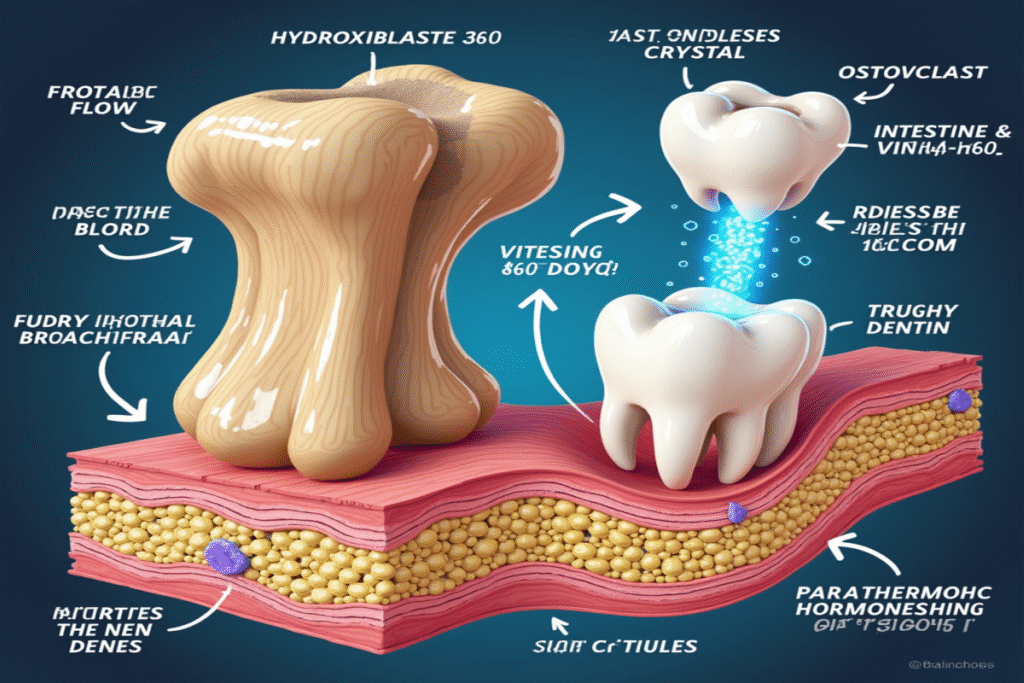Have you ever wondered why avocados are rock-hard when purchased from the store, only to transform into buttery goodness days later on your countertop? This unusual ripening behavior sets avocados apart from many other fruits and reveals a fascinating evolutionary adaptation with deep roots in prehistoric ecology.
A Unique Survival Strategy
Unlike most fruits that ripen while still attached to their parent plant, avocados have evolved a remarkable delayed-ripening mechanism. They remain firm and unripe as long as they’re connected to the tree, only beginning to soften after being harvested. This isn’t a mistake of nature—it’s a clever survival strategy.
In their native Central and South American forests, avocados evolved to attract large mammals like giant ground sloths and gomphotheres (elephant-like animals) that went extinct around 13,000 years ago. These animals would eat the fruit whole and deposit the seeds in their droppings, often far from the parent tree—a process known as endozoochory.
The Chemical Conversation
The science behind this involves a complex hormonal interplay. While attached to the tree, avocados receive a steady stream of a plant hormone called abscisic acid that actively suppresses ripening. This continuous signal from the tree tells the fruit, “Not yet, stay firm!”
Once picked, this inhibitory signal stops, allowing another hormone—ethylene—to take over. Ethylene is often called the “ripening hormone,” and avocados are particularly sensitive to it. After harvest, avocados begin producing ethylene themselves, starting a biochemical countdown to ripeness.
How Avocados “Sense” When to Soften
What’s truly remarkable is how avocados seem to “know” when to start softening. This is actually a sophisticated molecular mechanism. When separated from the tree, cells within the avocado activate genes that produce enzymes called cellulases and pectinases.
These enzymes systematically break down the rigid cell walls and pectins that give unripe avocados their hardness. As these structures break down, the once-firm flesh gradually becomes the creamy texture we associate with ripe avocados.
The process creates a cascade effect—initial ethylene production triggers more ethylene, accelerating ripening in a feedback loop. This is why placing avocados in a paper bag speeds up ripening; it traps the ethylene gas around the fruit.
Evolutionary Advantage
This “ripen after harvest” strategy offers several evolutionary advantages:
- It lets the fruit remain safe on the tree for longer without becoming overripe and falling too soon
- It ensures the seed inside is fully mature before the fruit becomes attractive to animals
- It increases the chances of the seed being carried far from the parent tree
- It prevents the seed from germinating while still on the tree, which would be harmful for reproduction
The Avocado’s Modern Challenge
This evolutionary adaptation poses challenges for modern avocado growers and consumers. With no visual cues to show ripeness on the tree, deciding when to harvest requires experience and careful testing. For shoppers, it means waiting as hard avocados from the store slowly ripen at home.
Some varieties give subtle signs—Hass avocados, for example, develop a darker, purplish-black skin as they mature (though not always when fully ripe). This trait is a relatively recent mutation, discovered by postman Rudolph Hass in the 1920s, and was popularized because it made harvest timing easier to determine.
Controlling the Countdown
Knowing the science of avocado ripening gives us ways to control the process. Refrigeration slows ethylene production, delaying ripening. On the other hand, placing avocados near other ethylene-producing fruits like bananas or apples speeds things up.
Commercial producers use this knowledge to manage shipments, sending out hard avocados and then exposing them to controlled ethylene gas at distribution centers to trigger even ripening before they reach stores.
Fun fact: Avocados are climacteric fruits, meaning they continue to ripen after harvest. Other members of this group include bananas, apples, pears, and tomatoes—all of which respond to ethylene and ripen off the plant.
The Ripening Mystery
What makes avocado ripening fascinating is that even after thousands of years of cultivation, scientists are still uncovering details about the molecular interactions inside these fruits. The intricate dance of hormones, enzymes, and genes is one of nature’s most precise timing mechanisms—a countdown finely tuned by millions of years of evolution.
Next time you leave an avocado on your counter to ripen, remember you’re seeing an ancient survival strategy at work—a fruit that evolved to travel through the digestive tracts of extinct megafauna, spreading its seeds to new places to grow.





